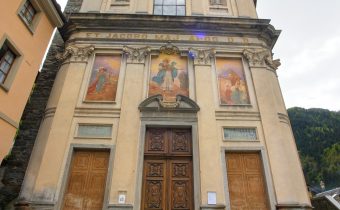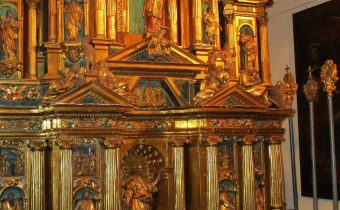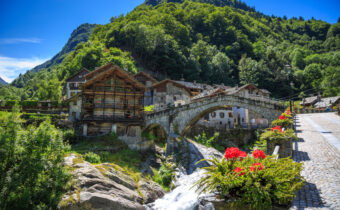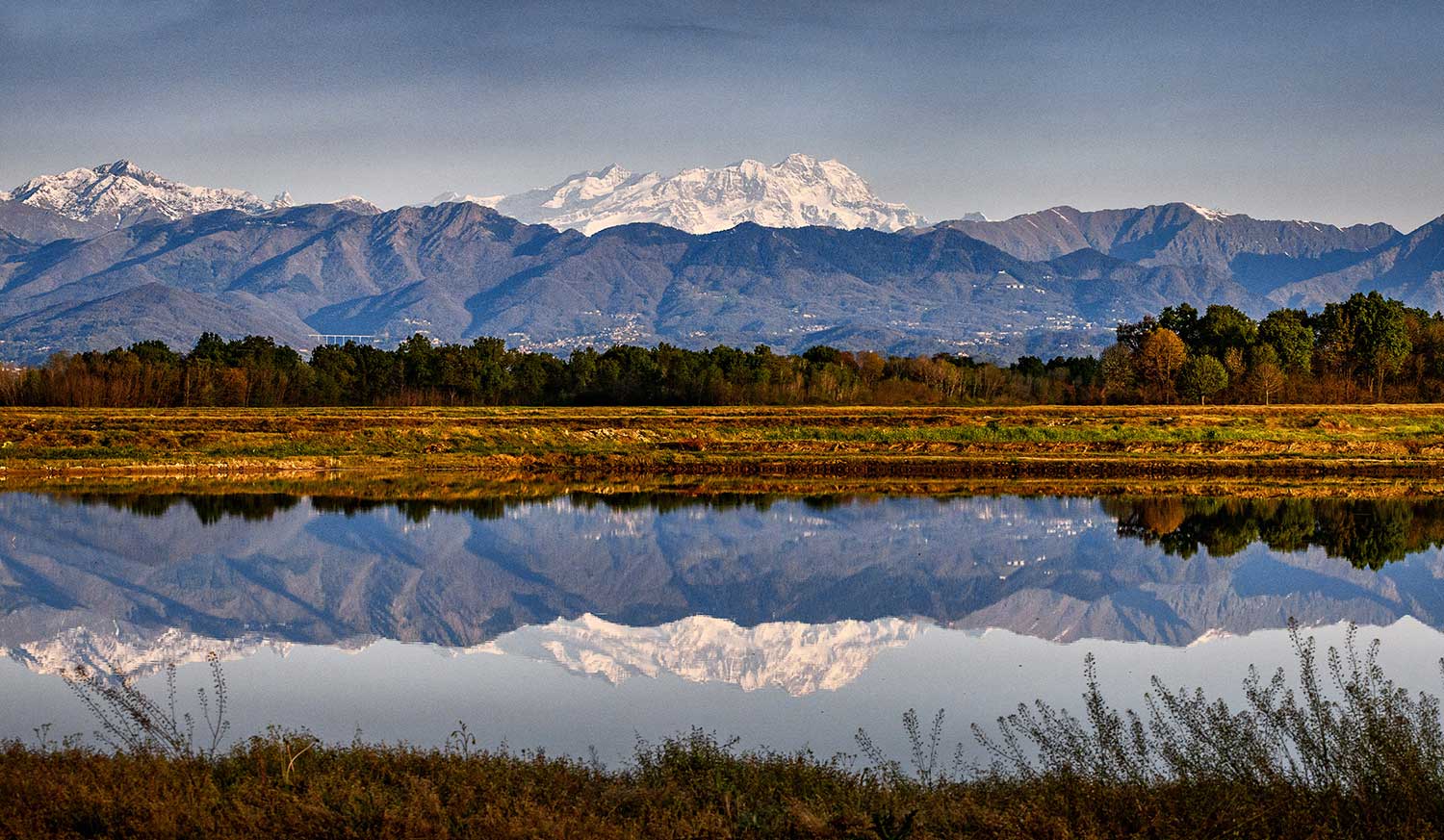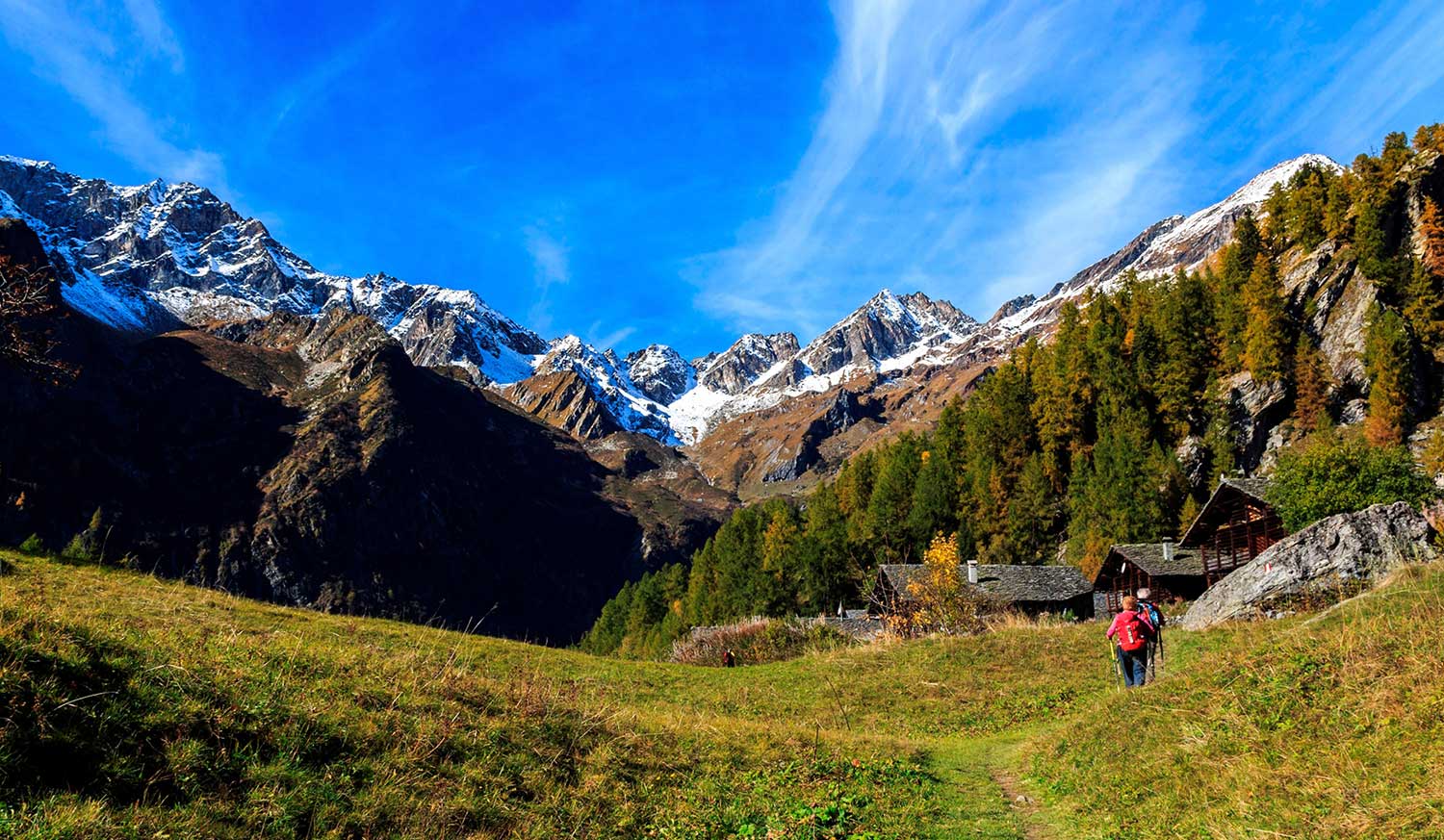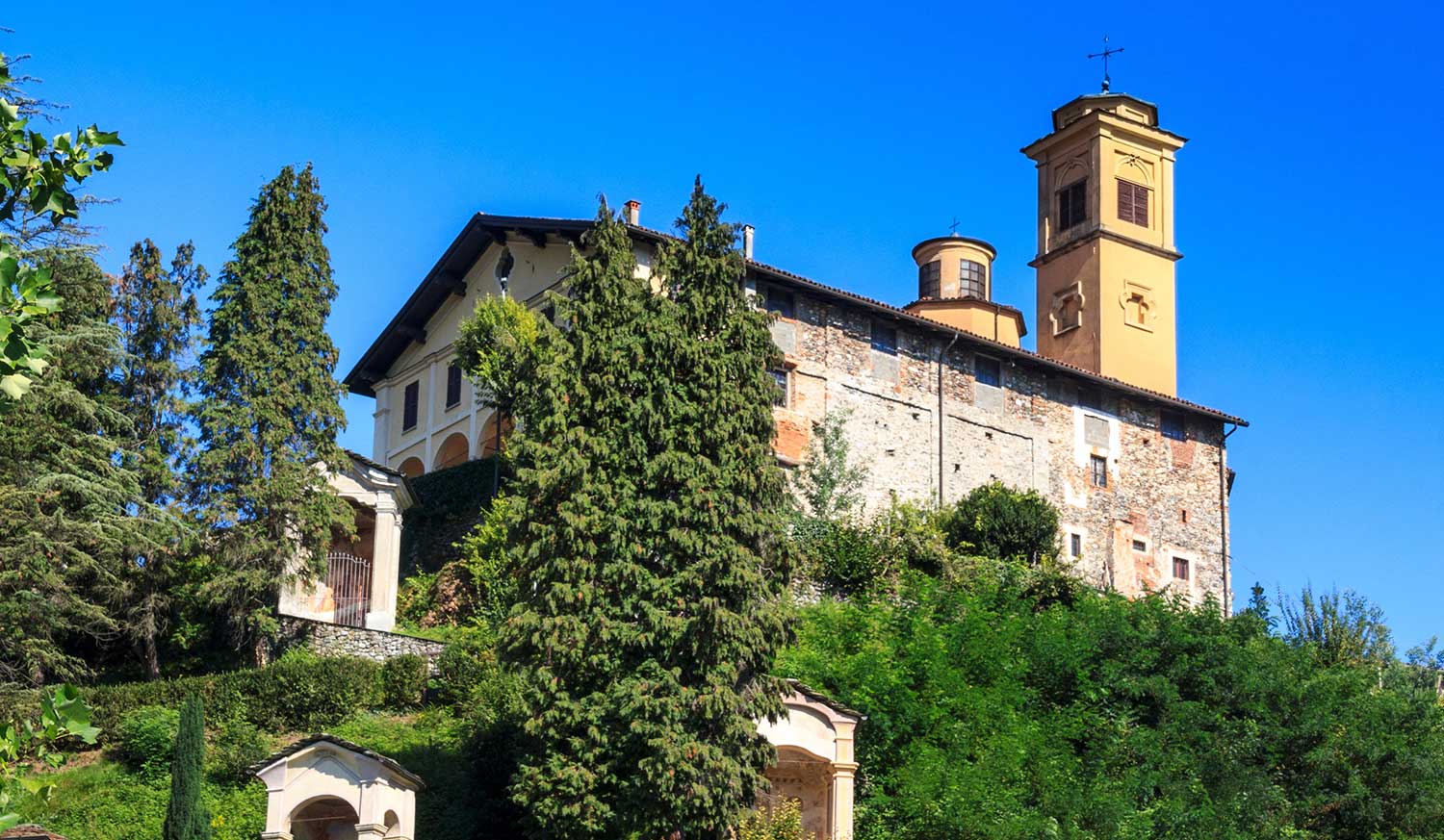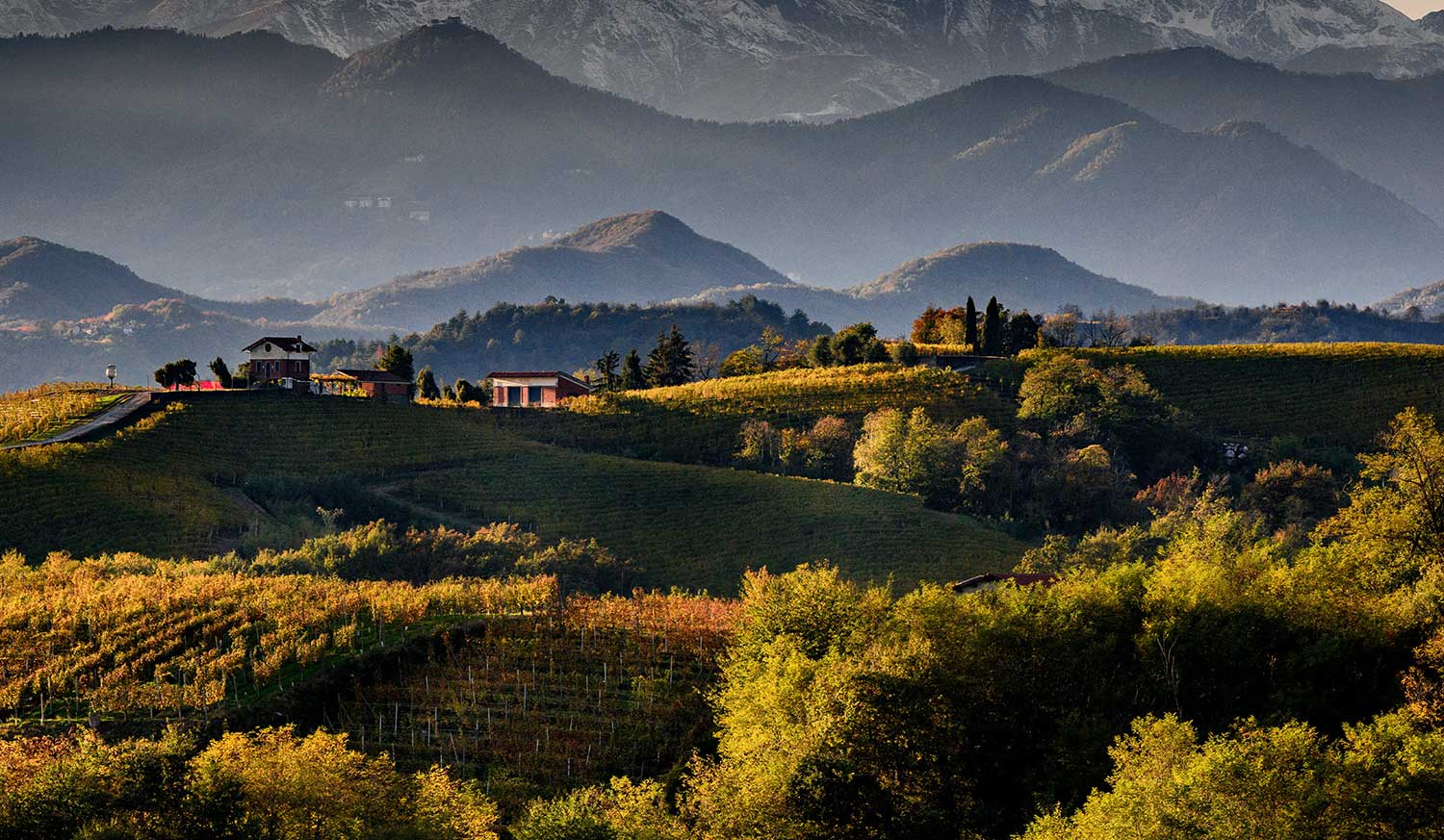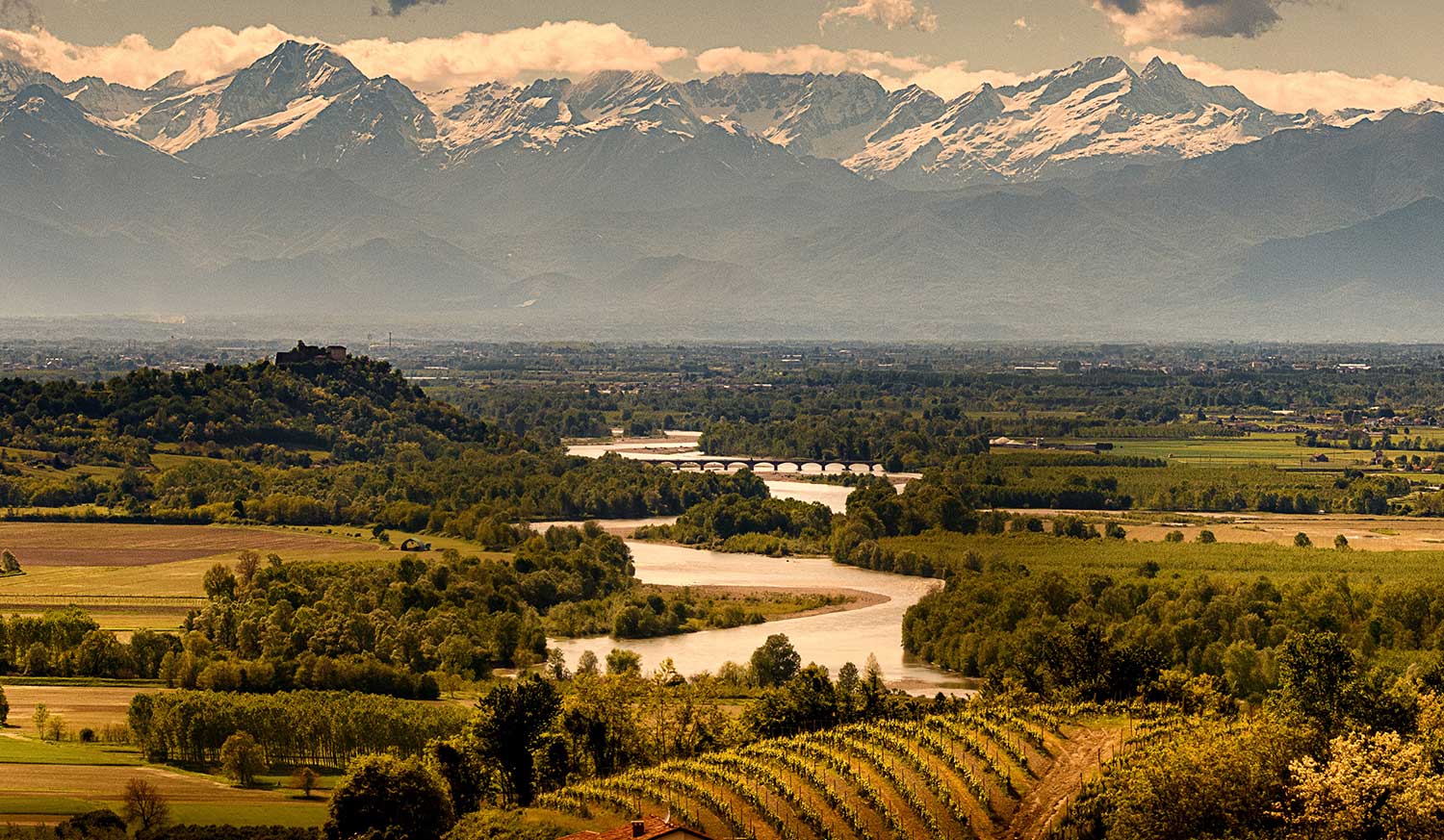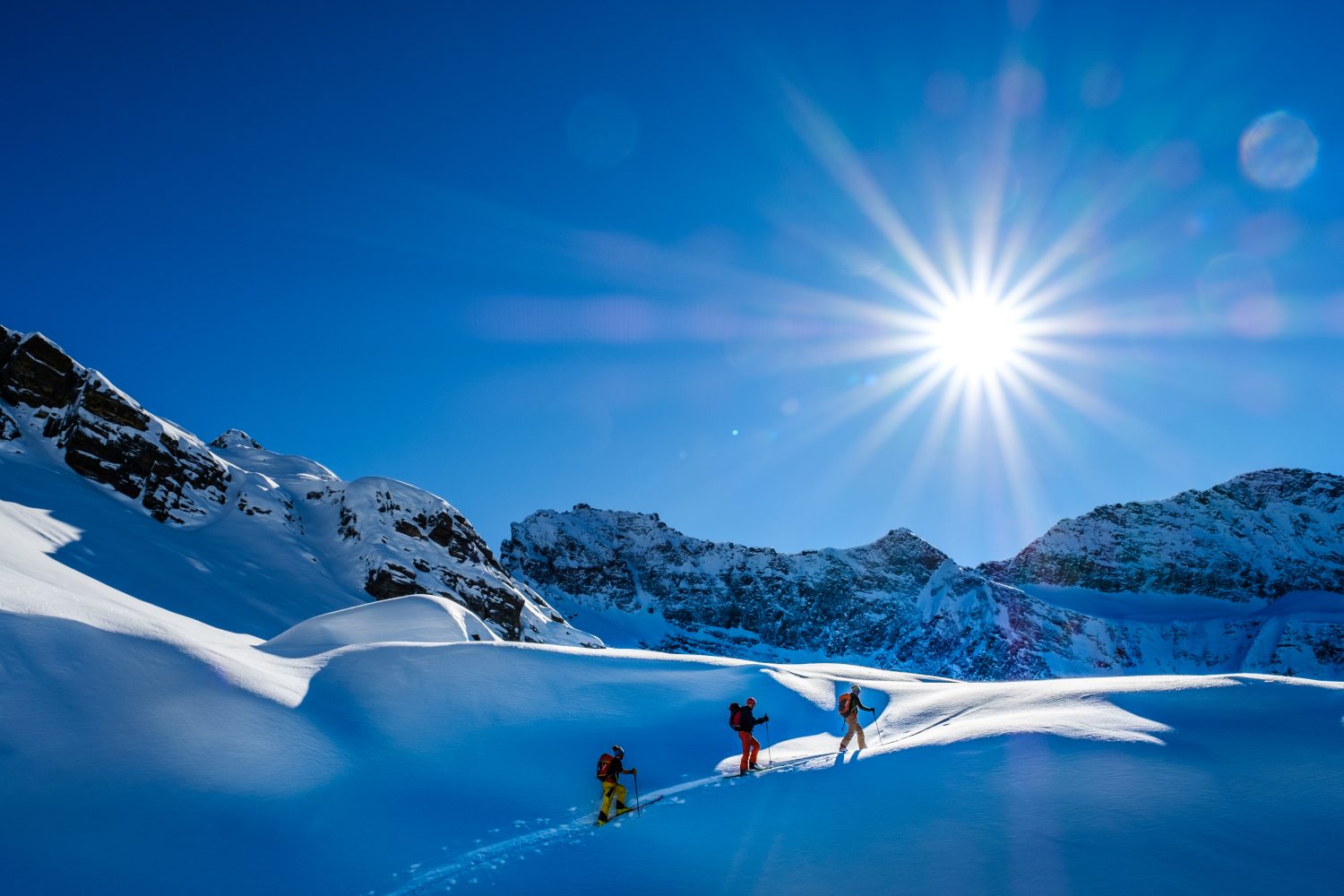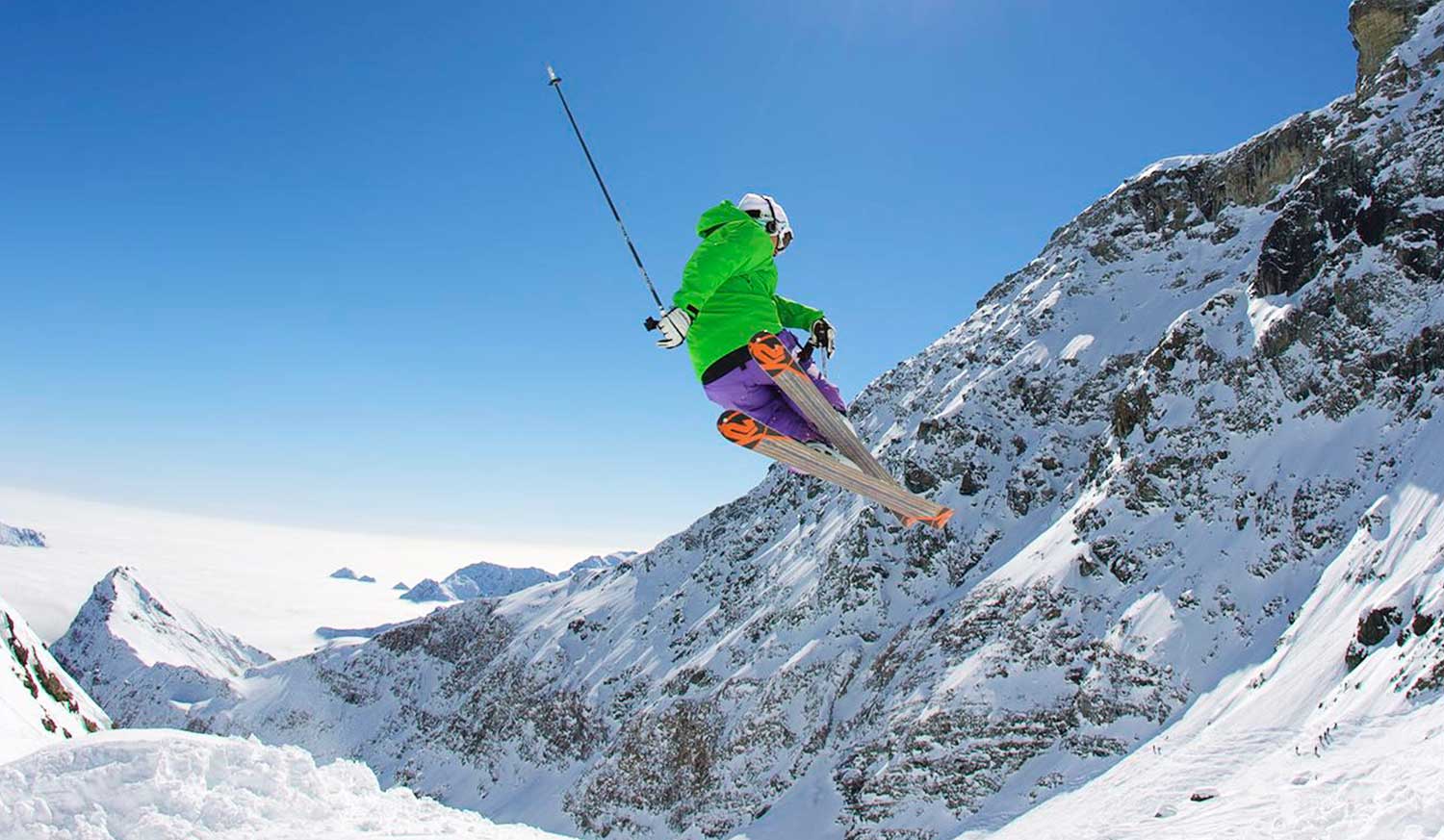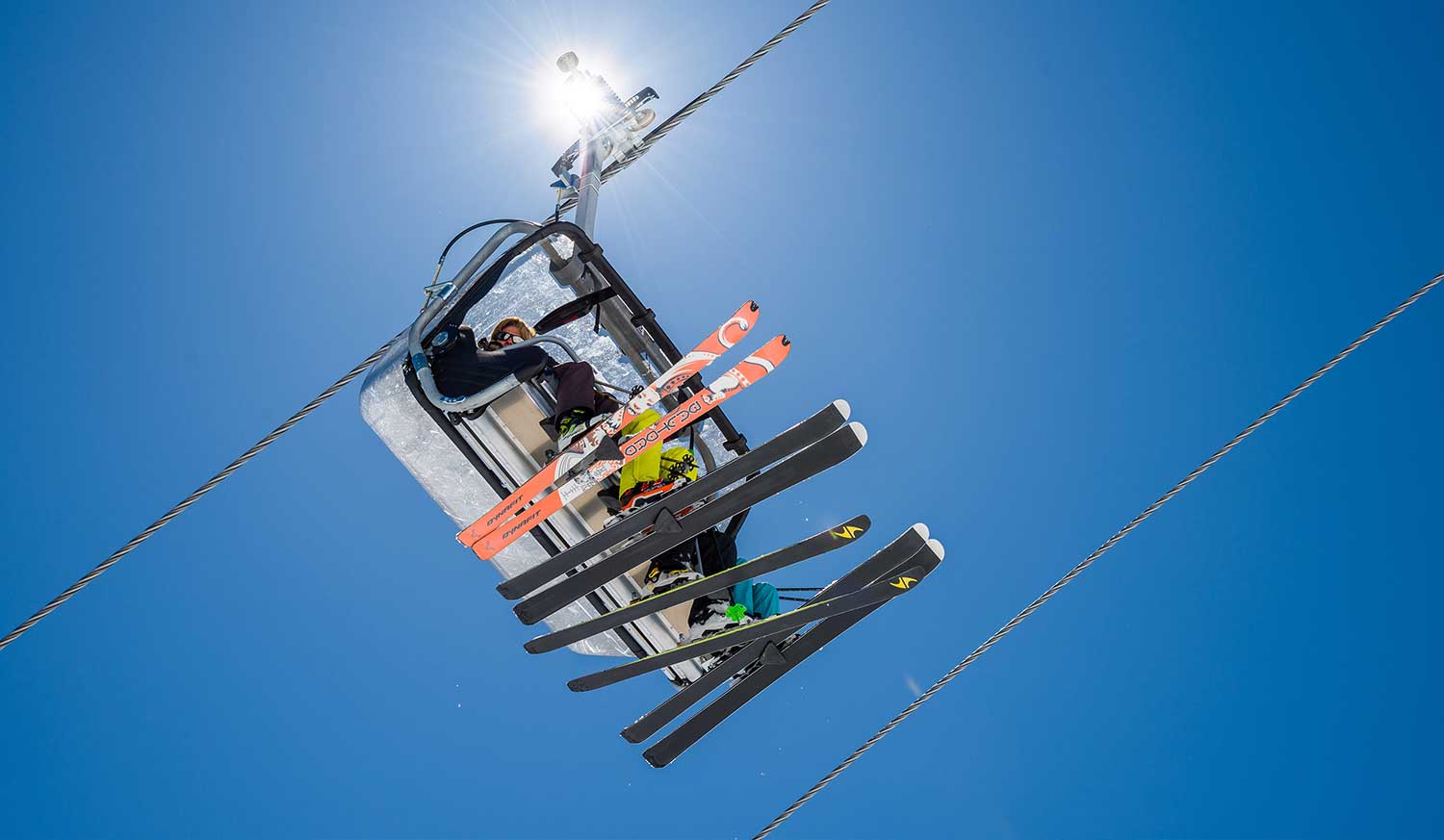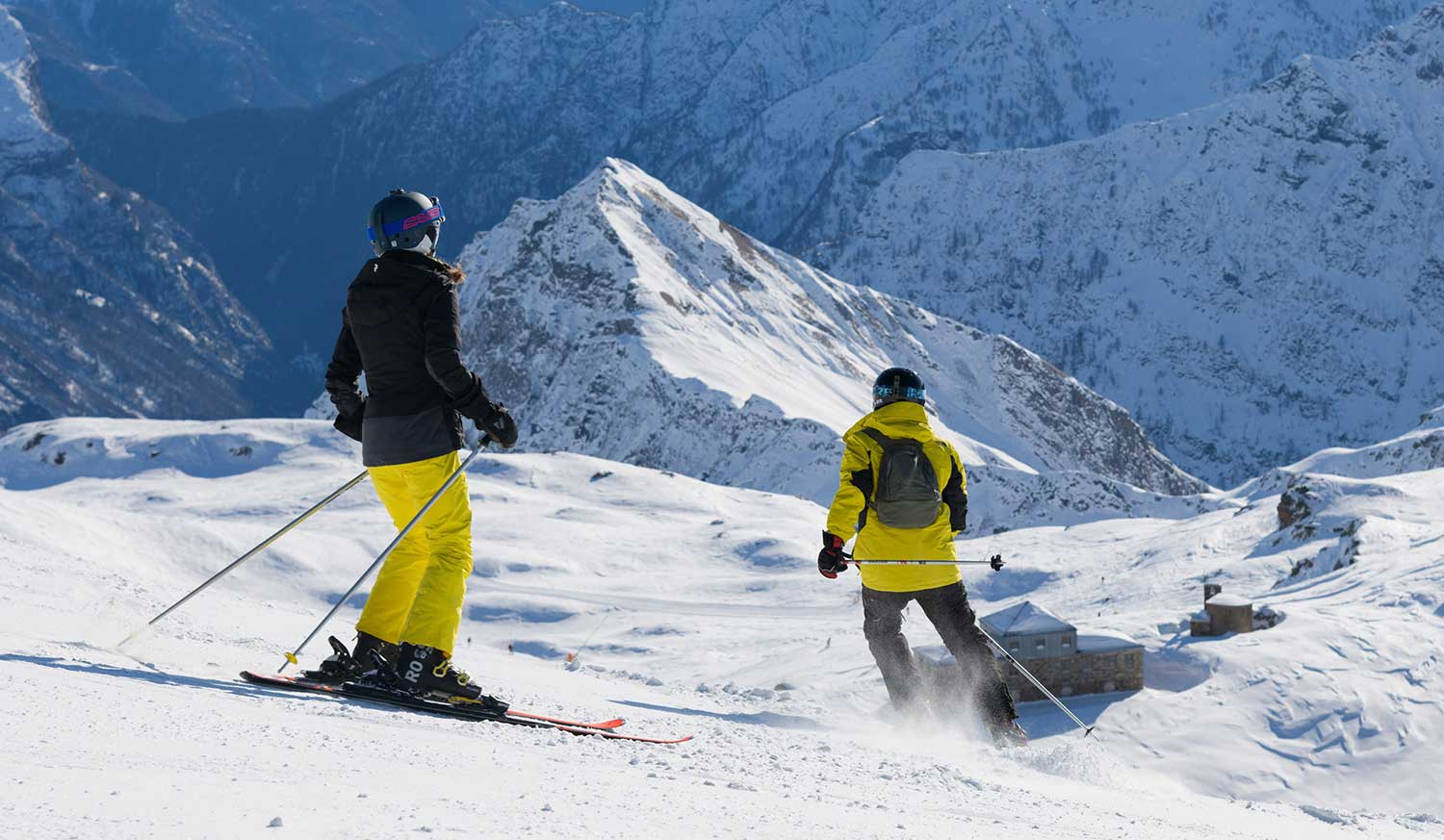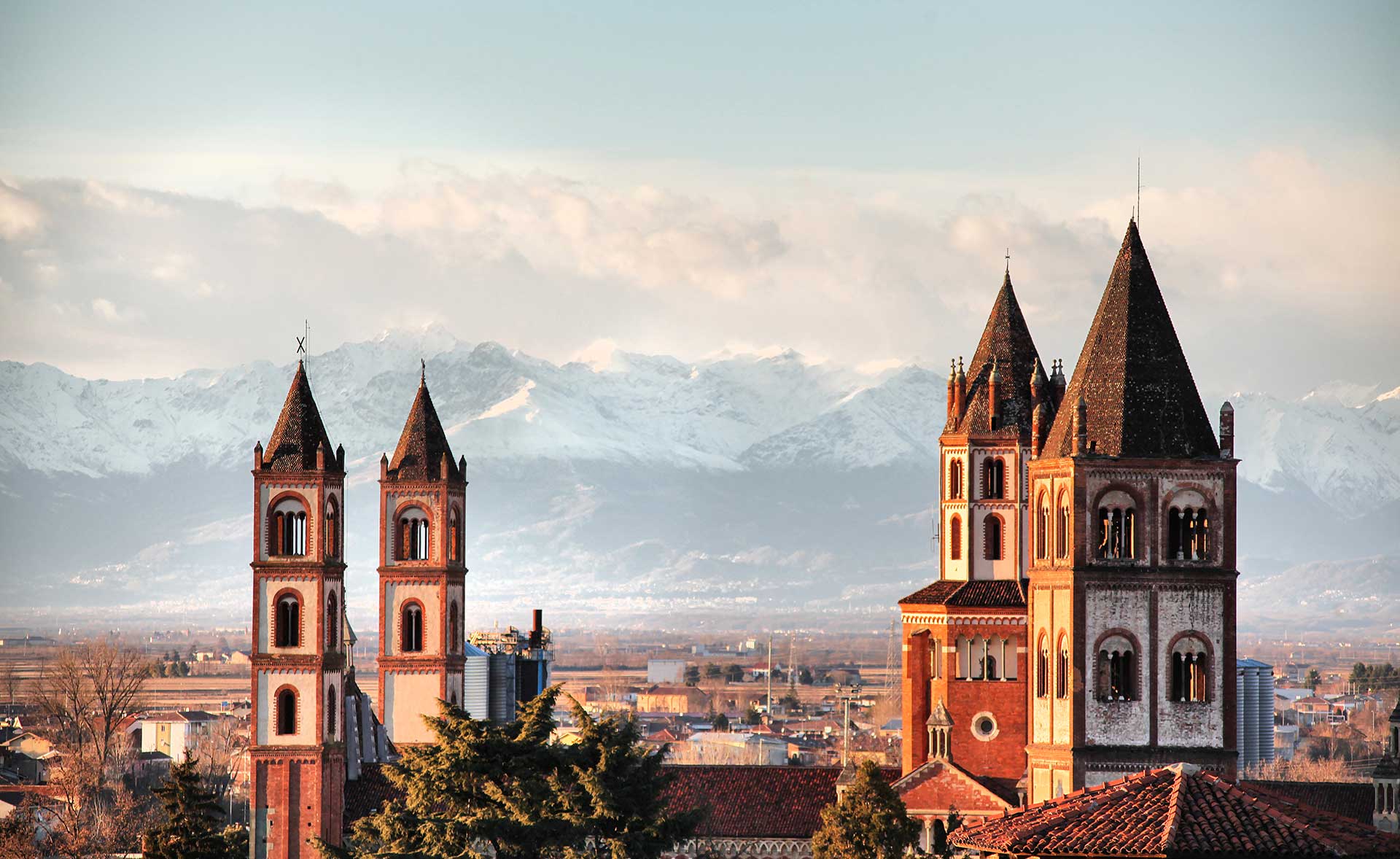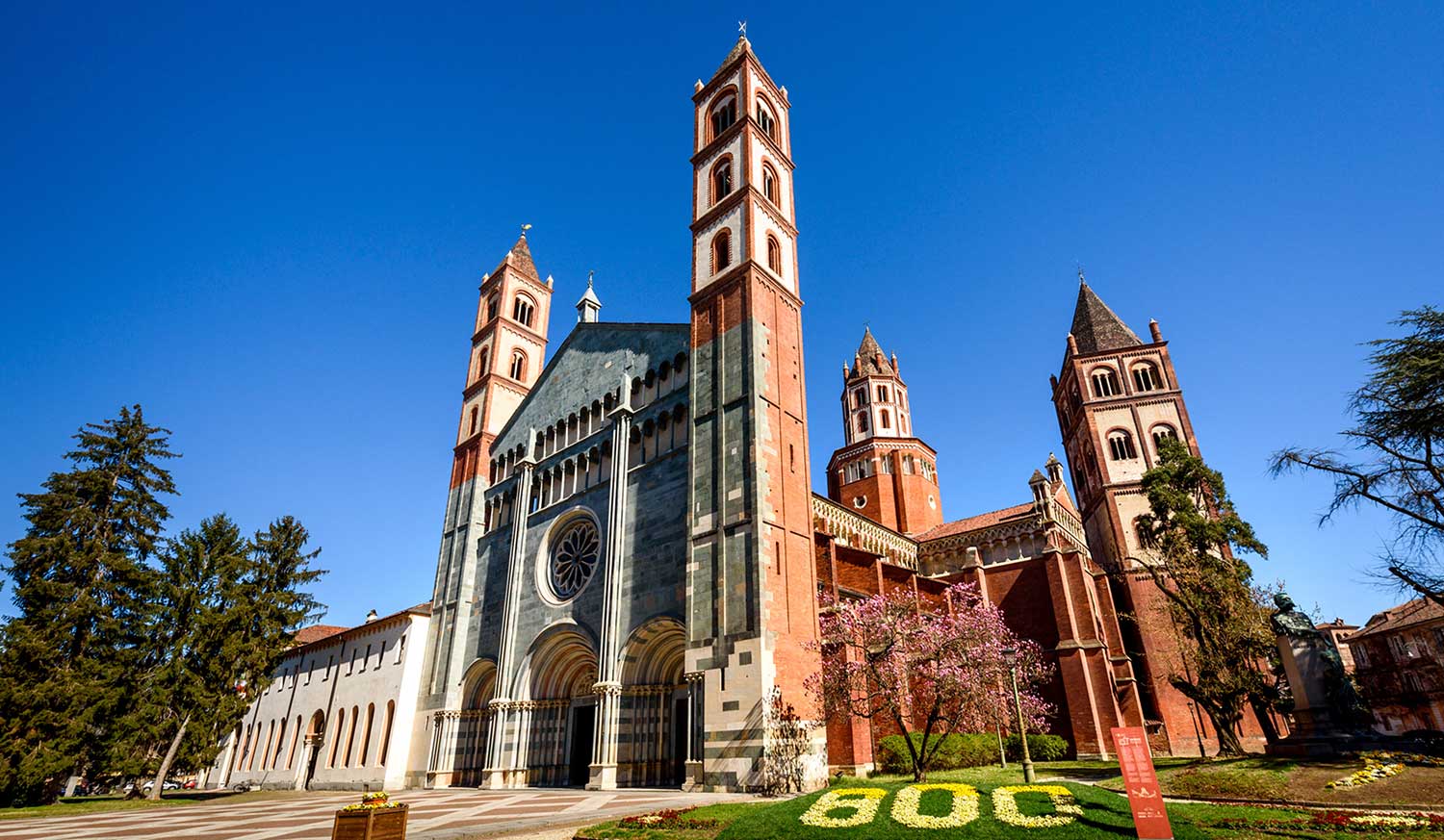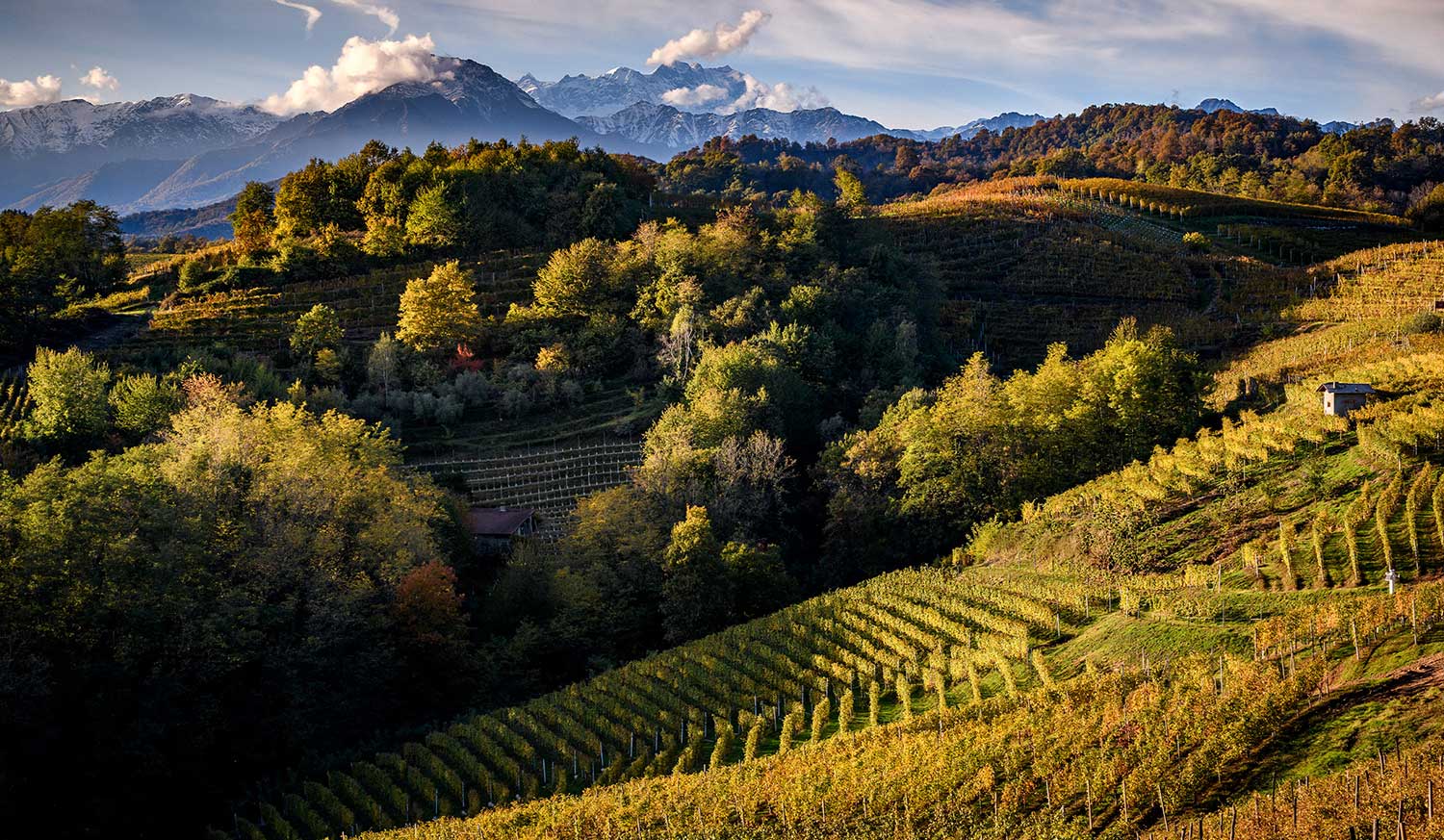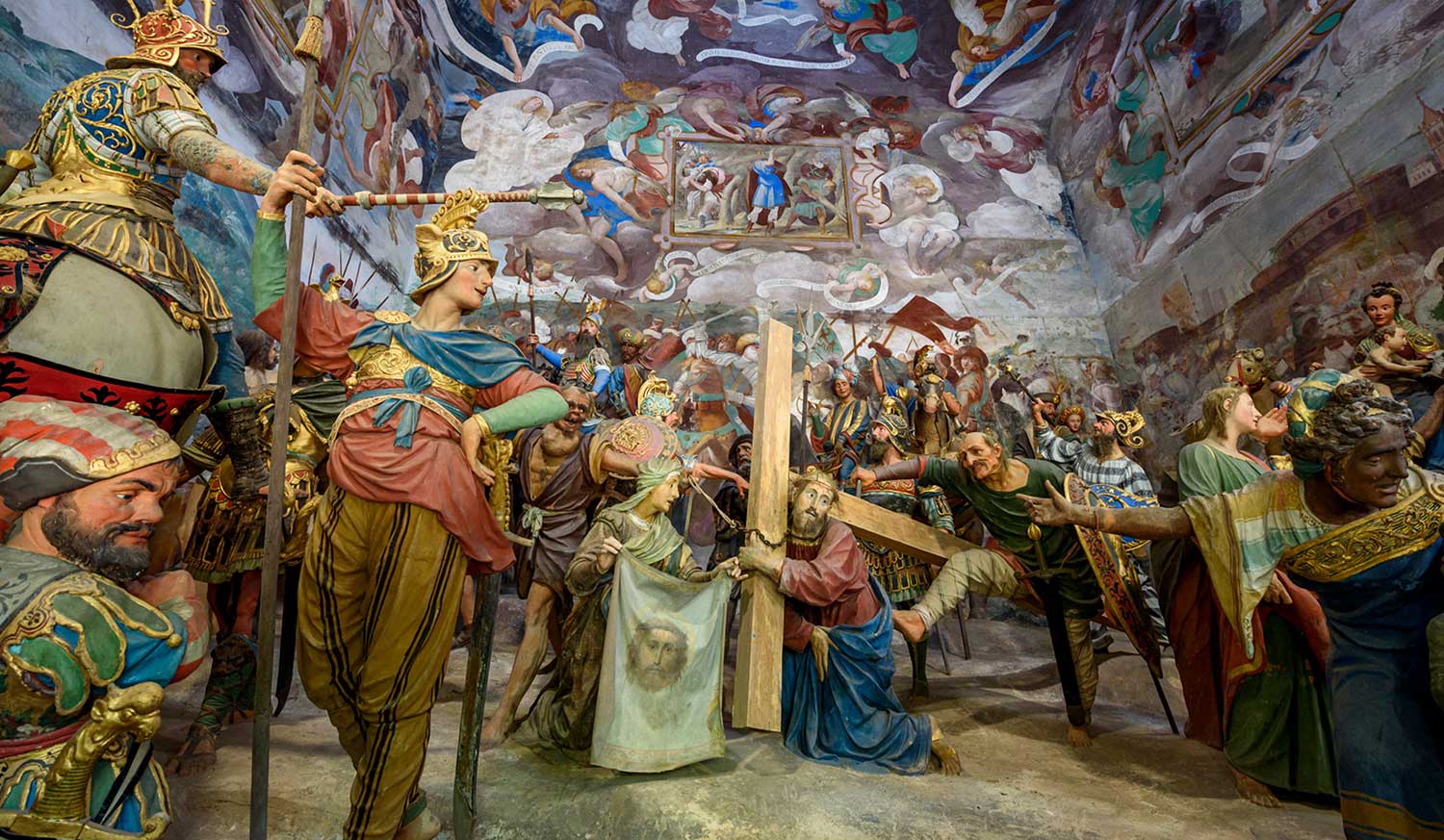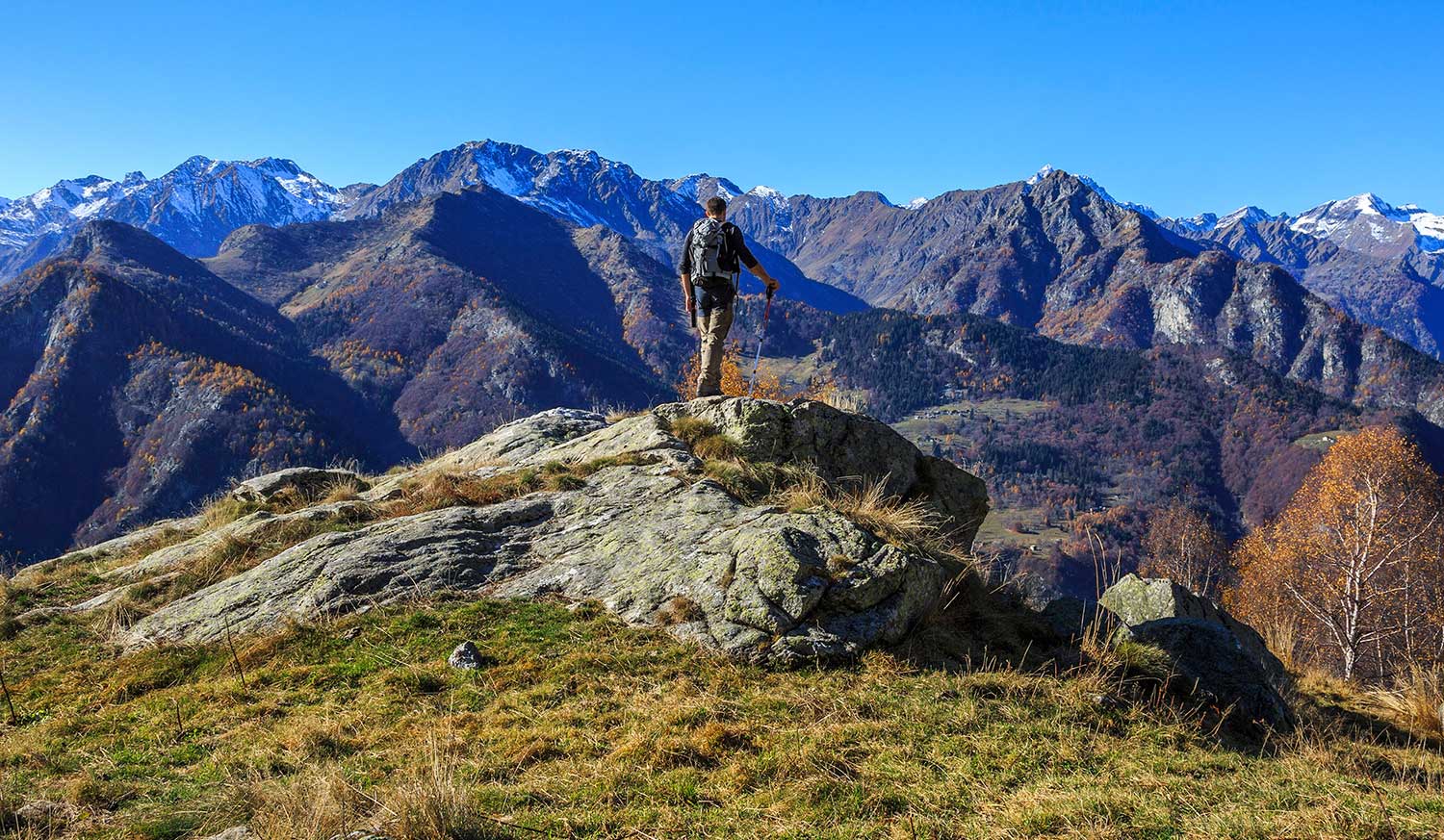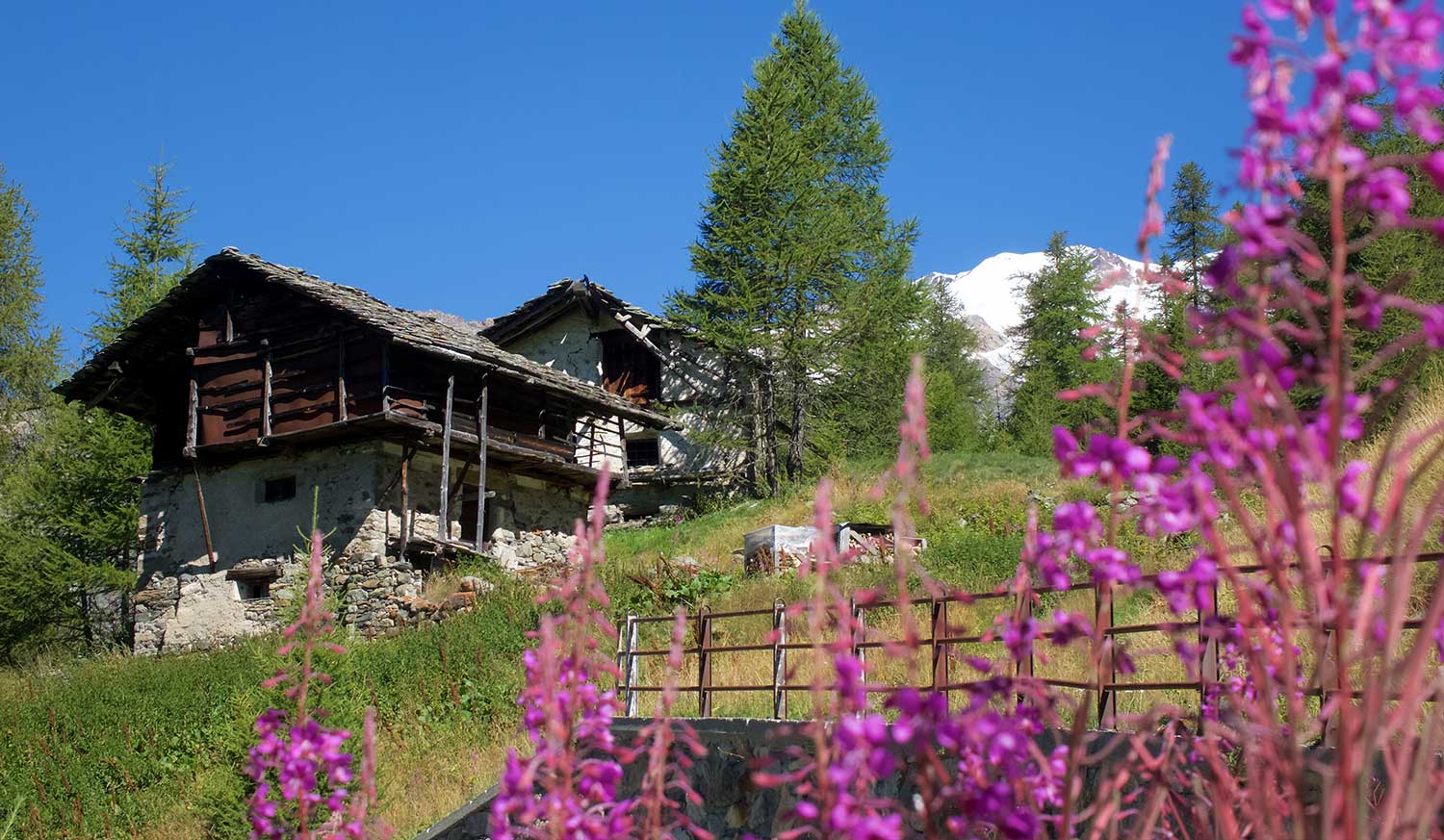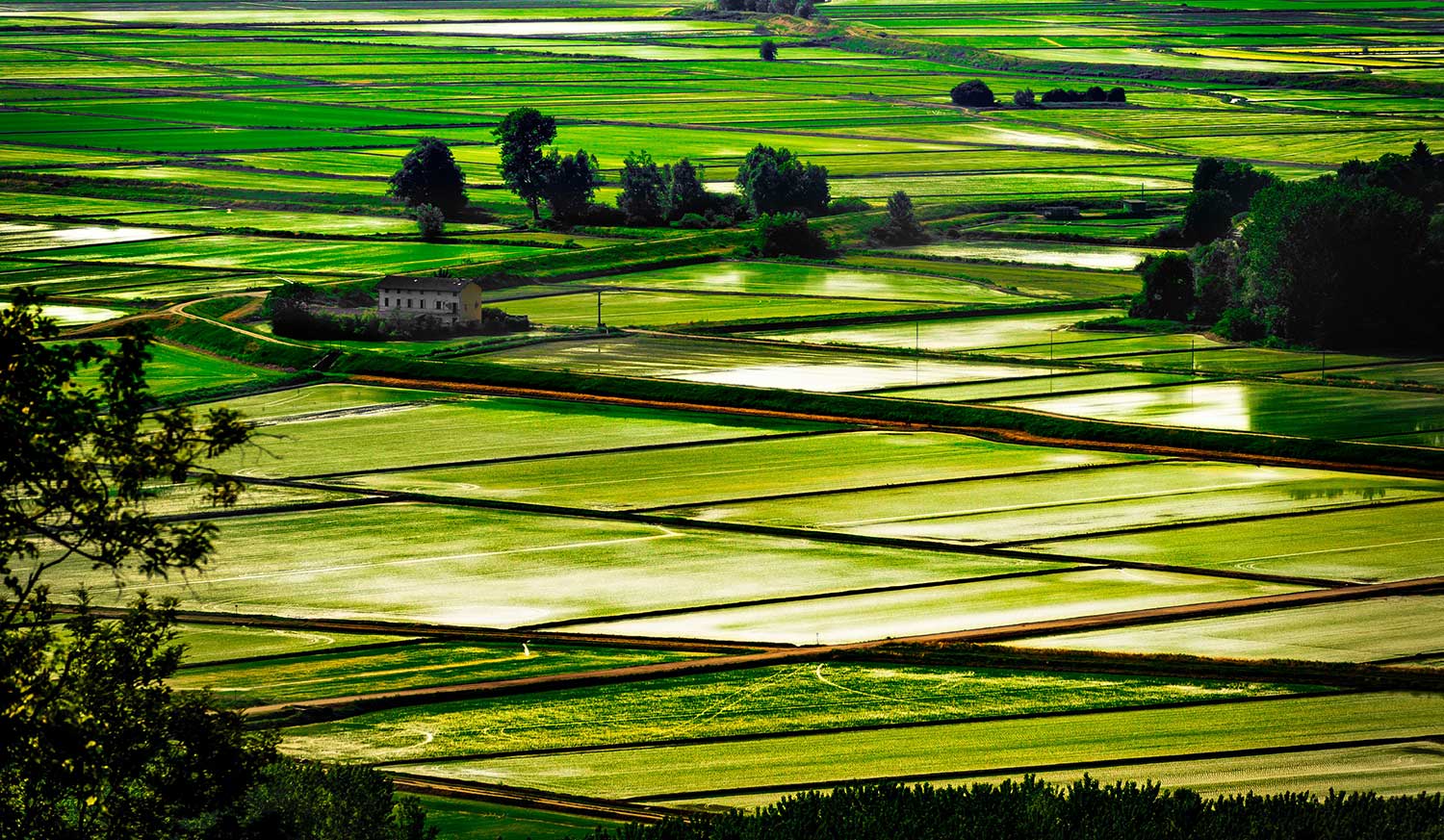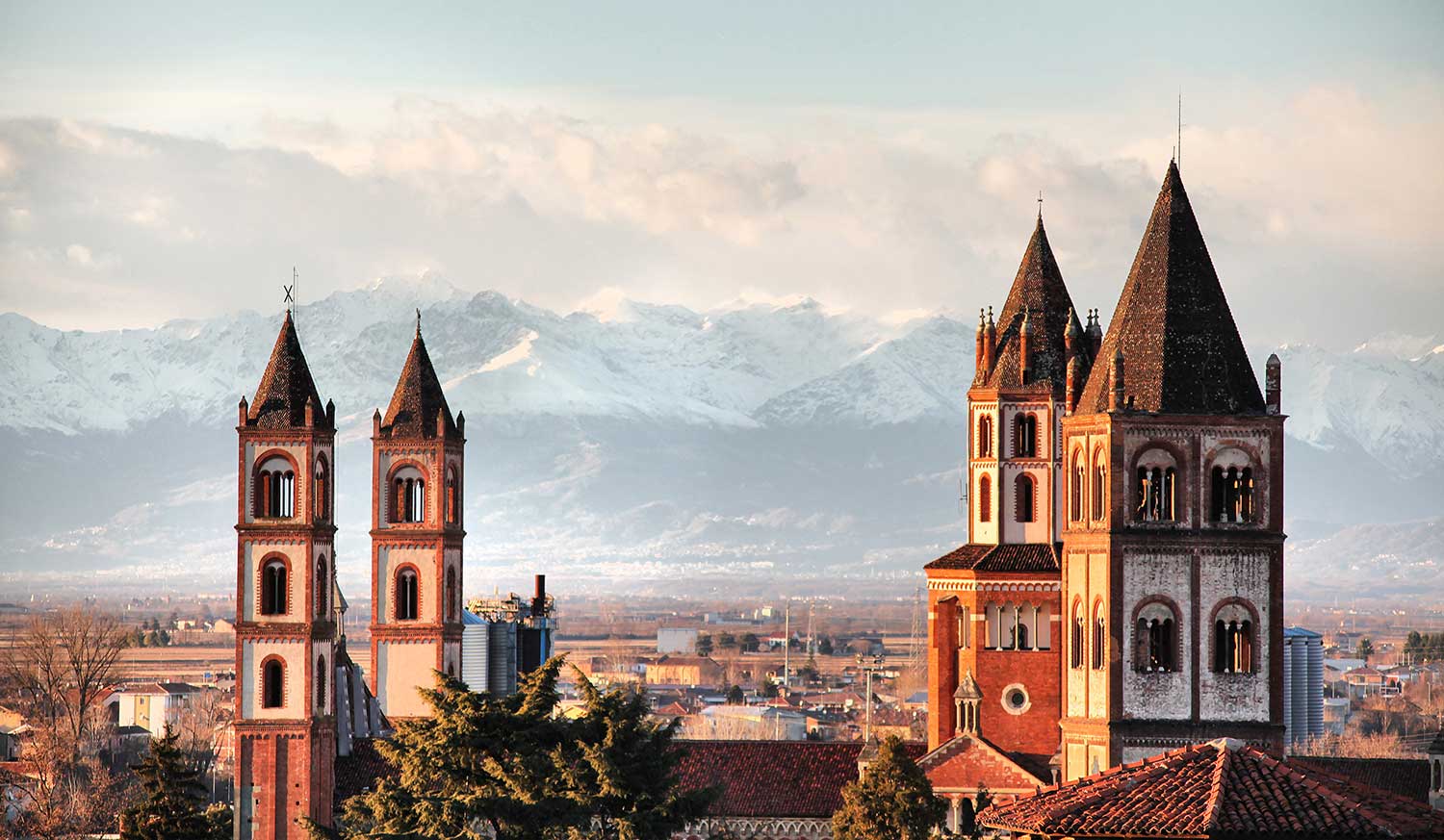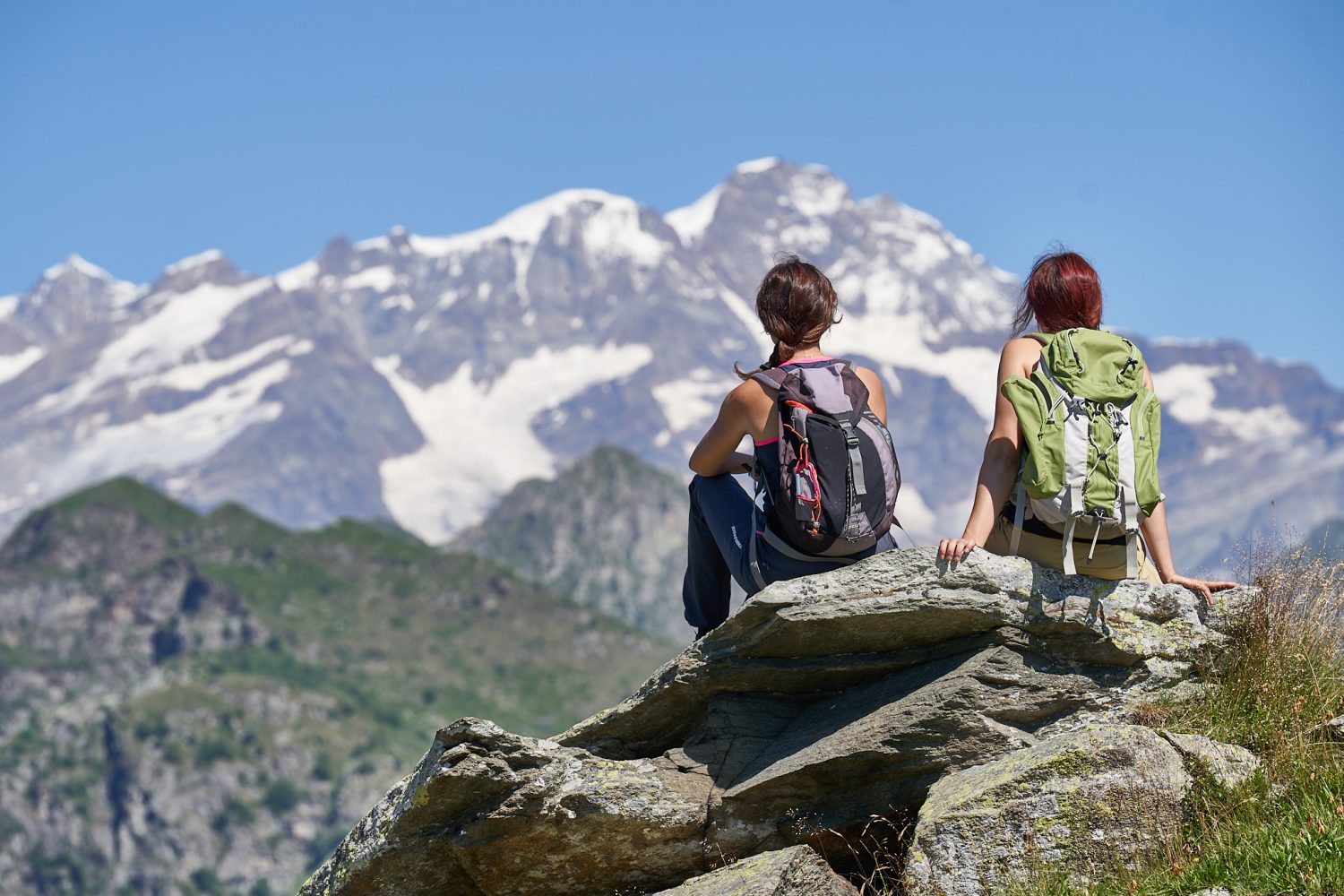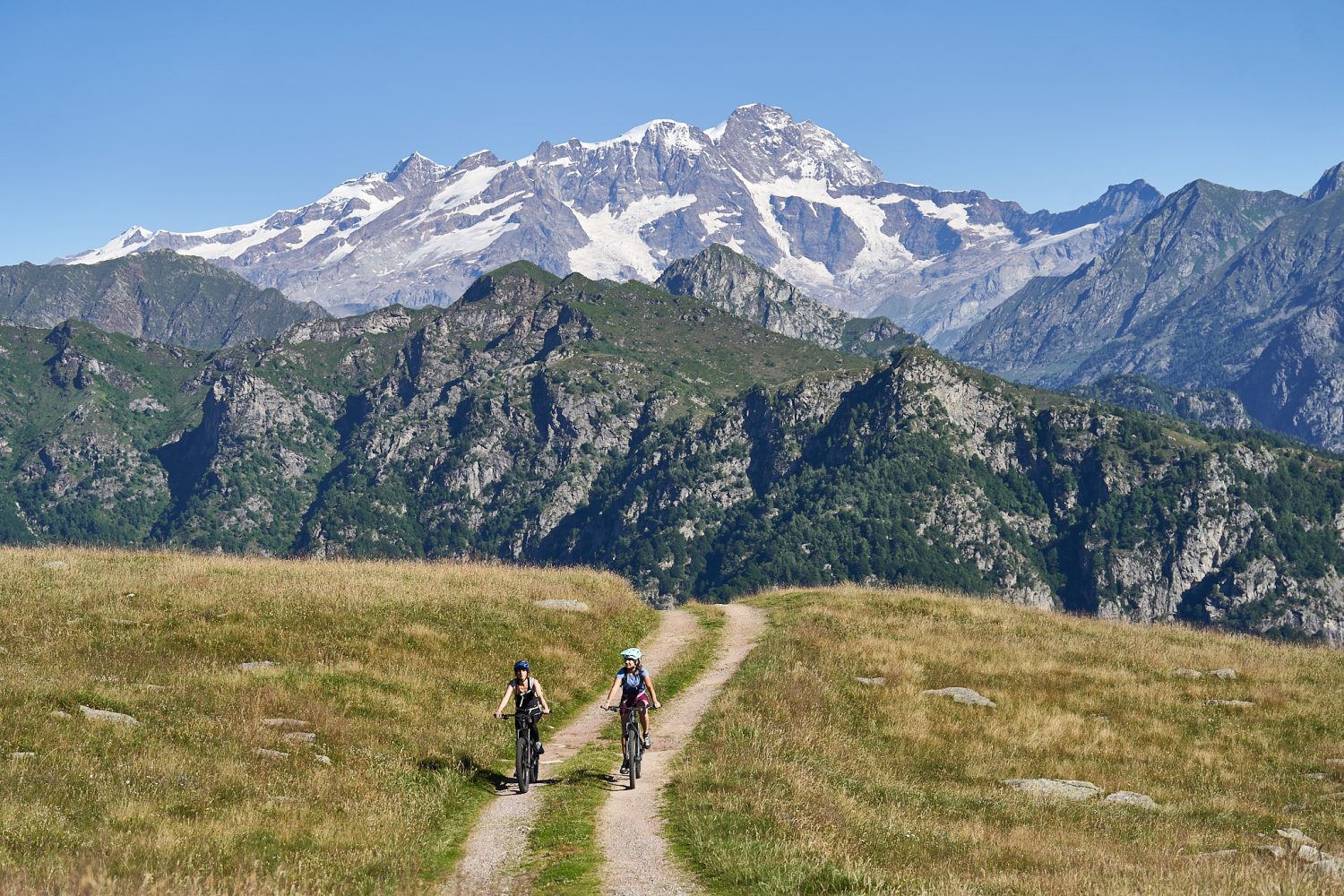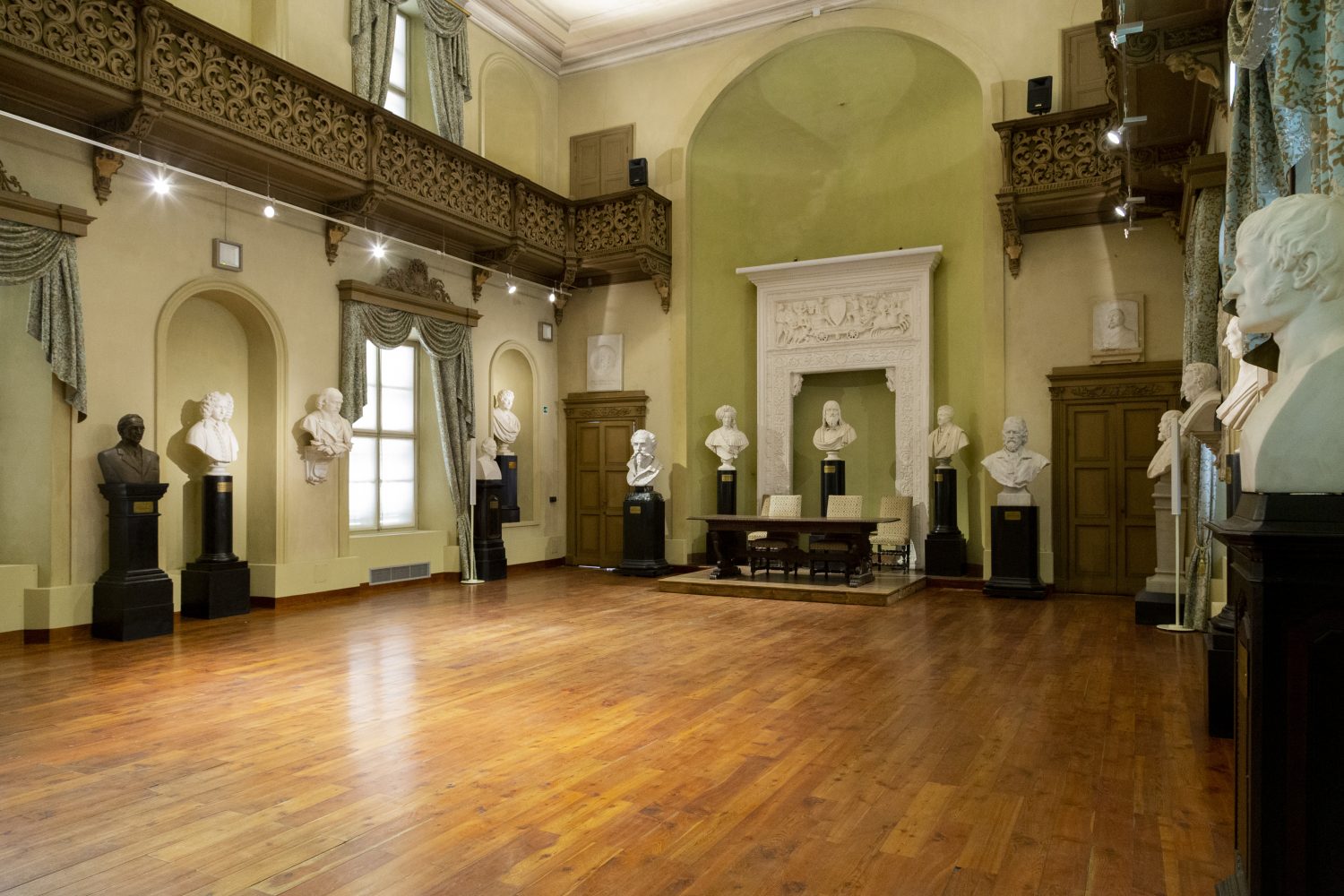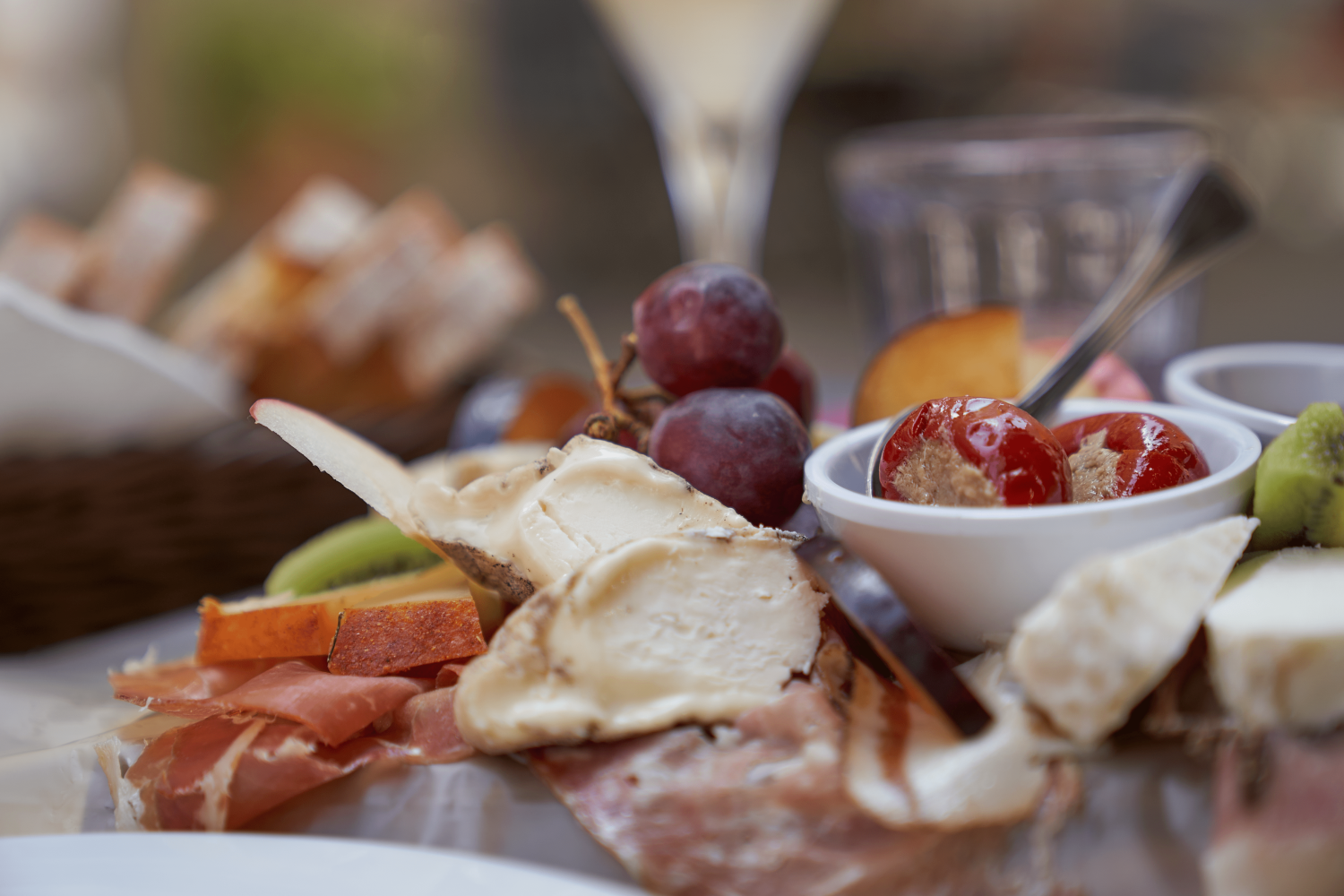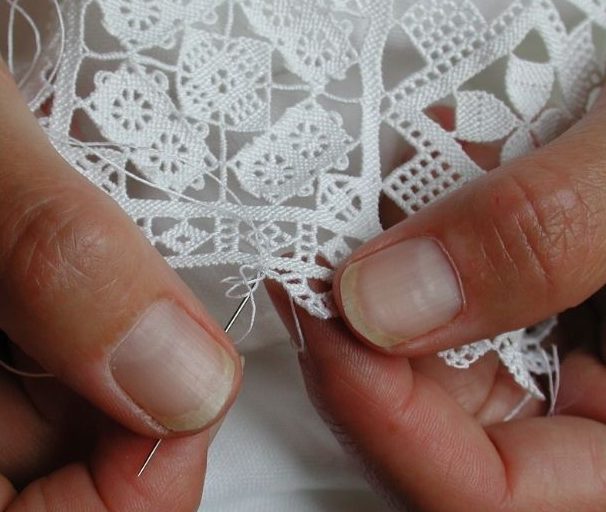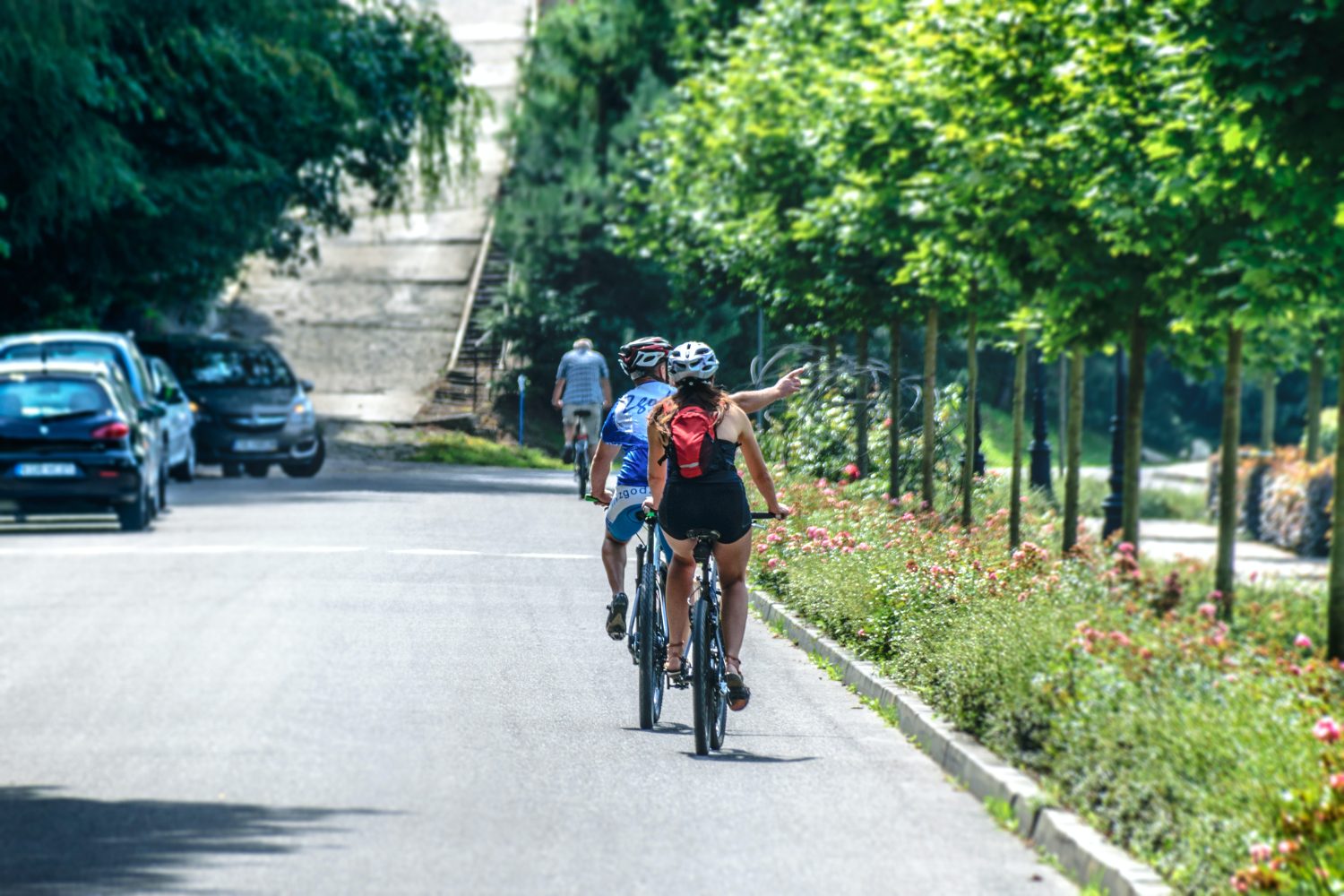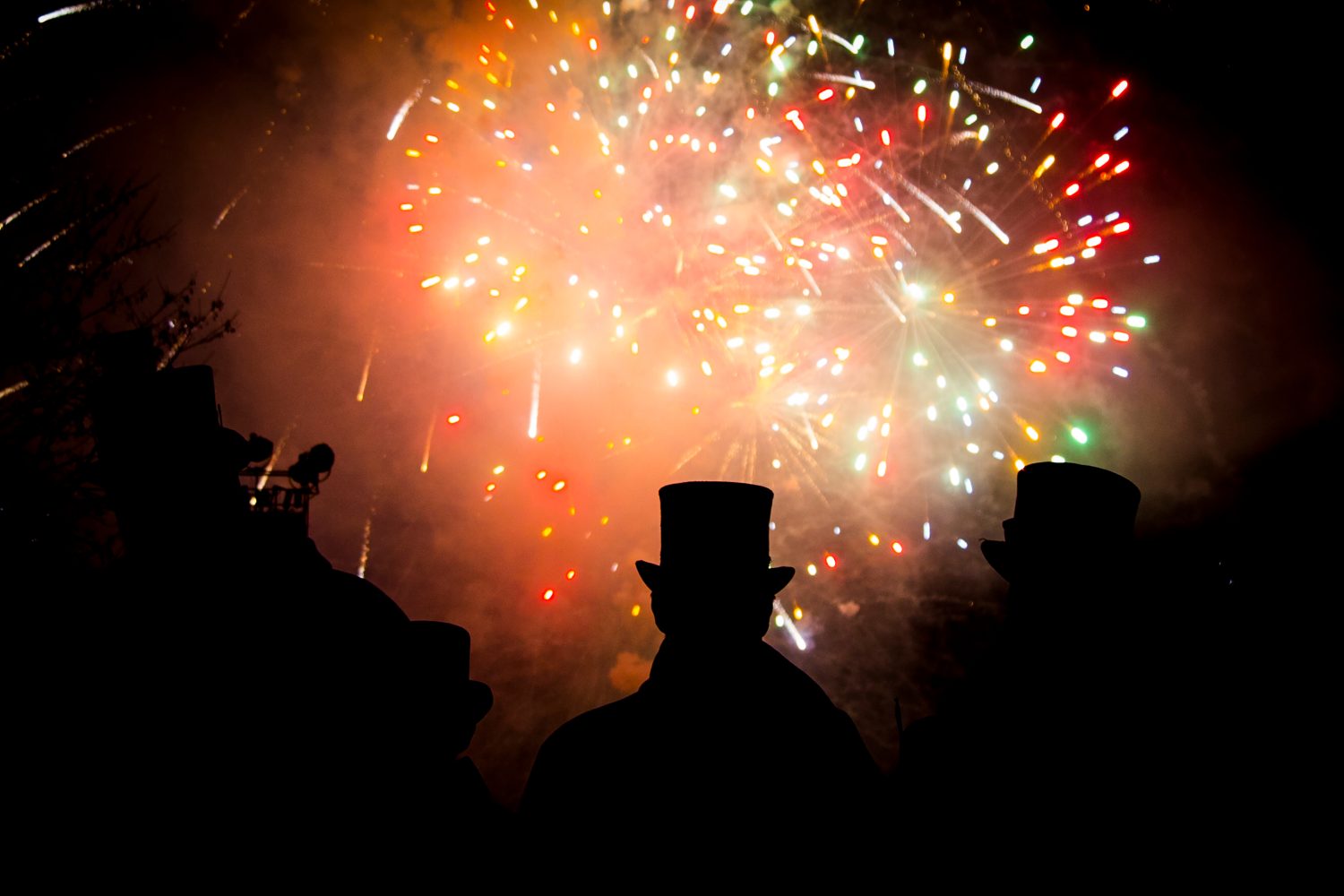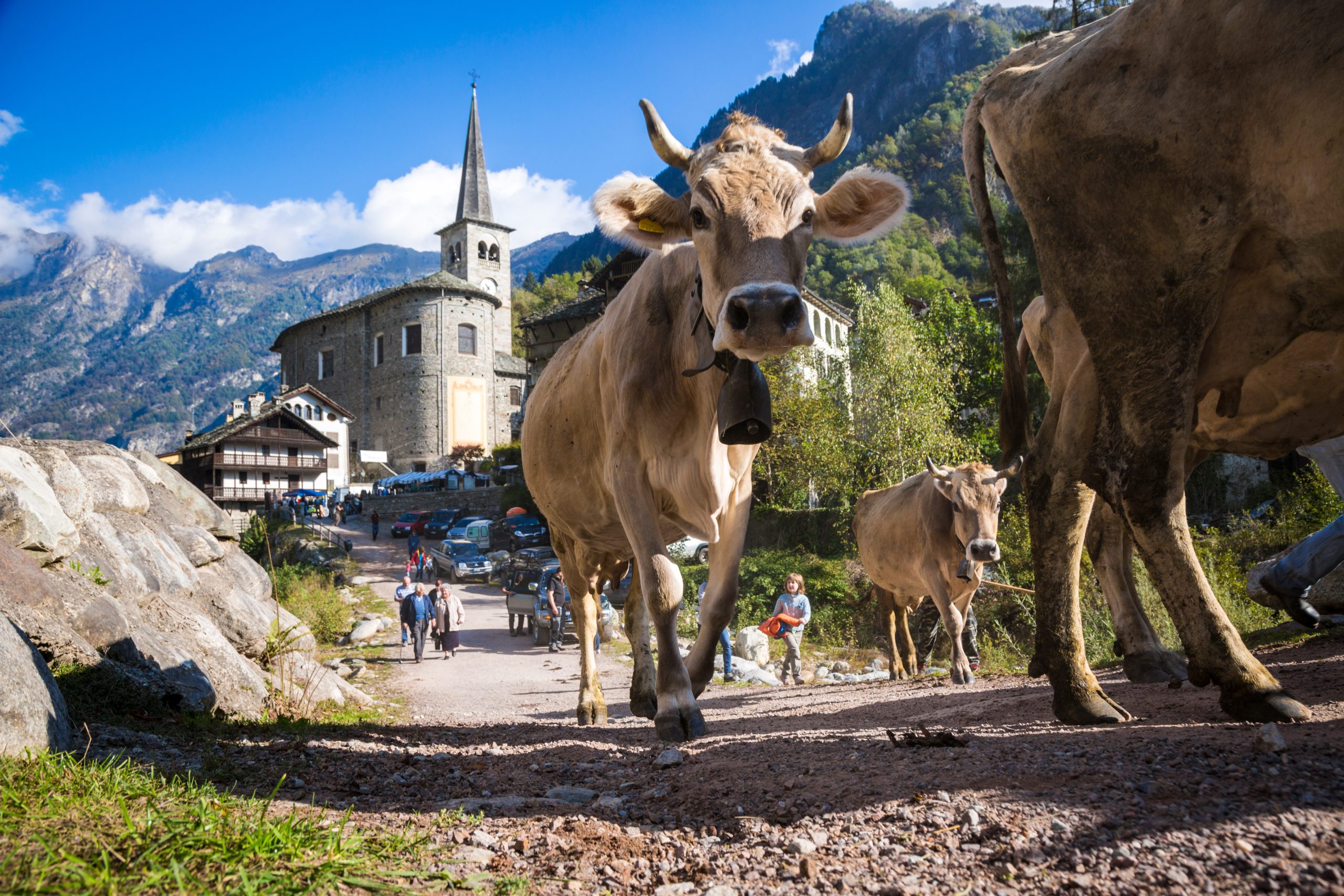
Campertogno
Once one of the most densely populated towns in the high valley, Campertogno’s urban fabric preserves precious historical testimonies, a majestic parish church, and ancient palaces located on both banks of the Sesia river and distributed among the various hamlets.
CAMPERTOGNO: BETWEEN ART AND NATURE
The town of Campertogno lies on the banks of the Sesia River, 815 m above sea level, and counts ten small hamlets: Quare, Villa, Piana, Pianella, Piana Ponte, Tetti, Piediriva, Carata, Otra and Rusa.
The town is dominated by the imposing parish church of St. James the Great, one of the most beautiful and ancient churches in Valsesia. Built on a previous late Gothic church, it treasures works of great value and precious ornaments by artists such as P. C. Gilardi and the Avondo Brothers. The church was enlarged in the 18th century following a project by Filippo Juvarra.
The town centre features an early 20th century multi-purpose theatre, which houses some impressive paintings dated 1933 and depicting the allegories of Family and Country.
From the town, which lies at the entrance to the Artogna Valley, you can follow several hiking trails, including the suggestive art trail from Campertogno to the Argnaccia alpine pasture, an itinerary studded with ancient chapels, shrines and oratories.

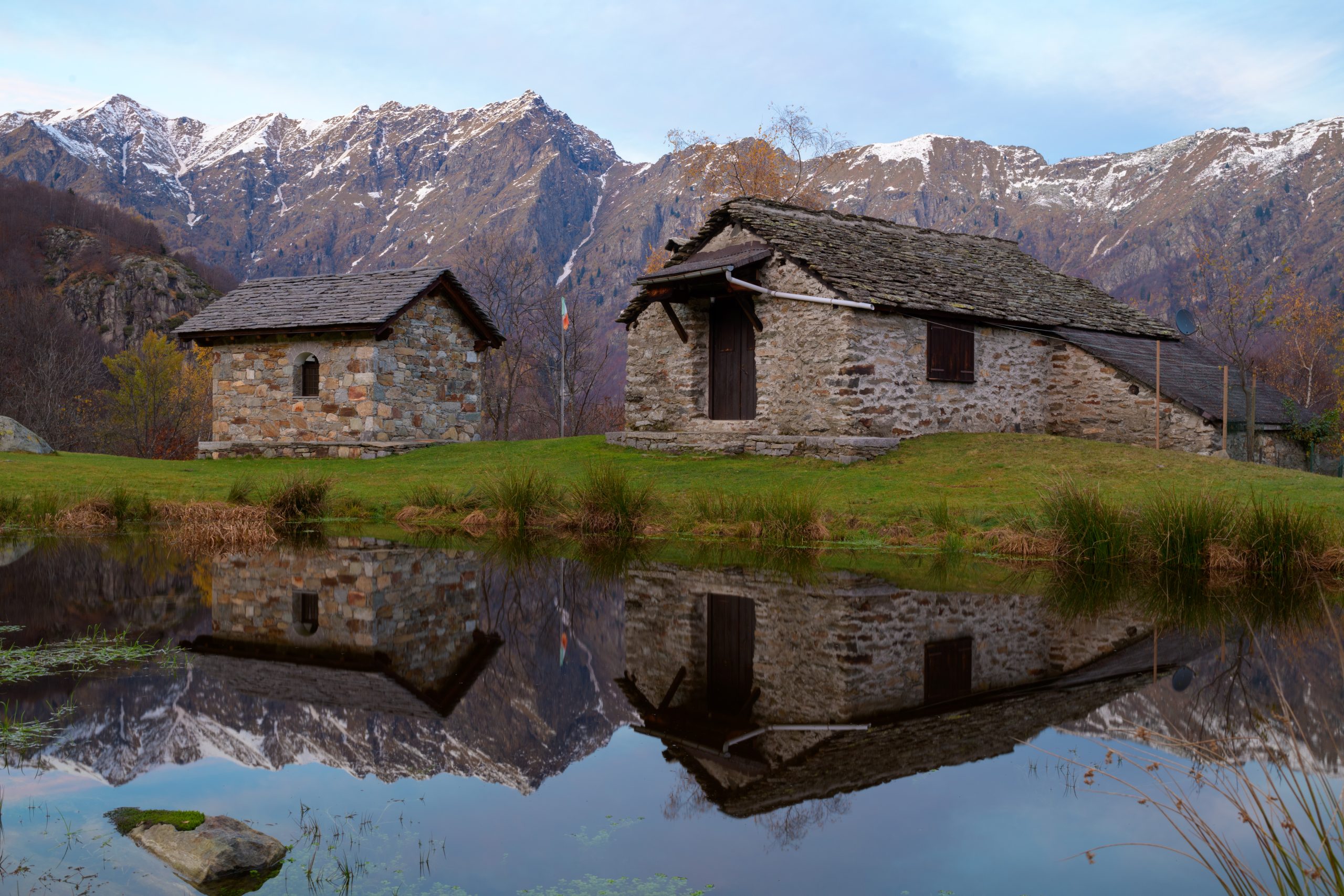
THE PASSAGE OF FRA DOLCINO
” – Or di’ a Fra Dolcin, dunque, che s’armi,
” Tu che forse vedrai il sole in breve
” (S’ello non vuol qui tosto seguitarmi)
” Sì di vivanda, che stretta di neve
” Non rechi la vittoria al Noarese,
” Ch’altrimenti acquistar non saria lieve. -“
Dante Alighieri, in Canto XXVIII of the Inferno, has Muhammad pronounce an incitement to defend the Dulcinian heresy.
In the latter half of the 13th century, the heretical movement called Apostolic caused a sensation in Italy. Dolcino Tornielli, who then founded the sect of the Dulcinians, picked up its legacy.
Persecuted everywhere and having now turned into guerrilla fighters, Dolcino and his men (known as Gazzeri) soon retreated to the Valsesian mountains, from which they descended to the valley only to plunder for the necessities of life. The story tells of around 4,000 people spending two winters on the Parete Calva mountain wall amidst indescribable hardship and frequent raids on the inhabitants of the villages of Quare di Campertogno, Rassa and Dughera di Piode below.
Captured, tried and burnt at the stake in Vercelli on the first of June 1307, Fra Dolcino and his followers became part of the popular legends and traditional backdrop of the Sesia valleys.
Don’t miss in this area
Discover the wonders of Upper Valsesia
Art and culture, ancient traditions, food and wine excellence and many outdoor activities: let Valsesia win you over!
